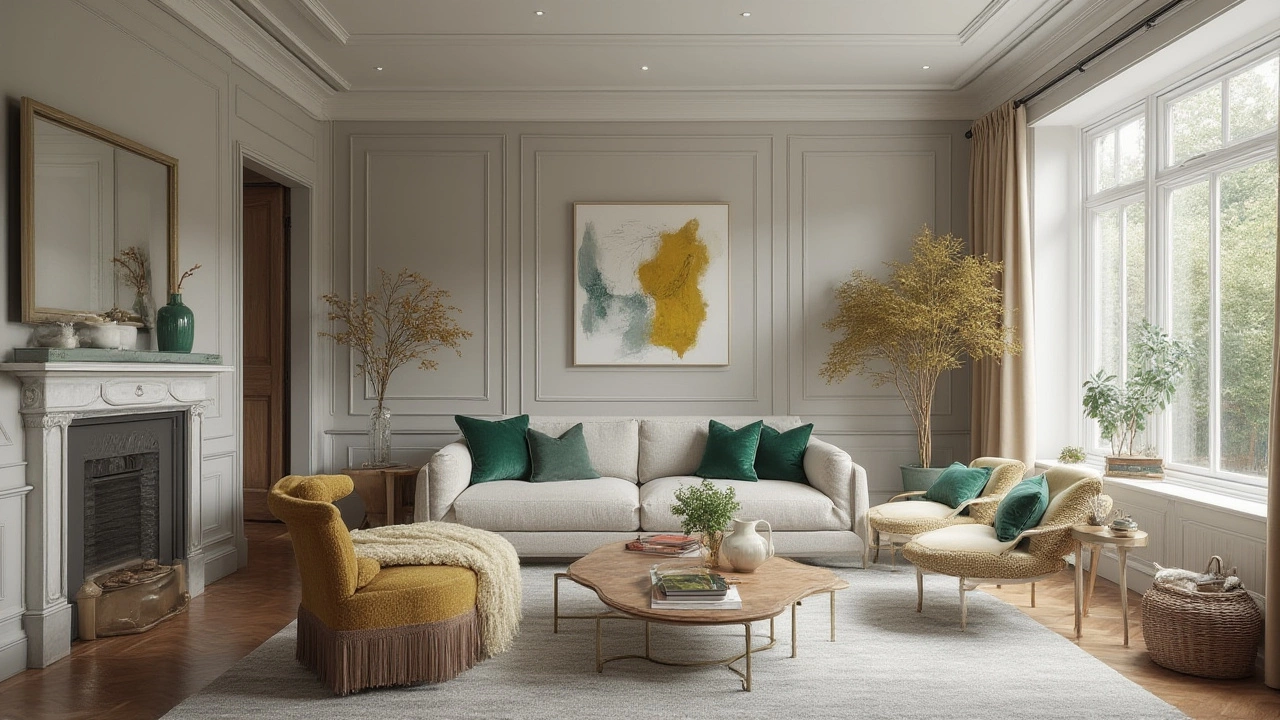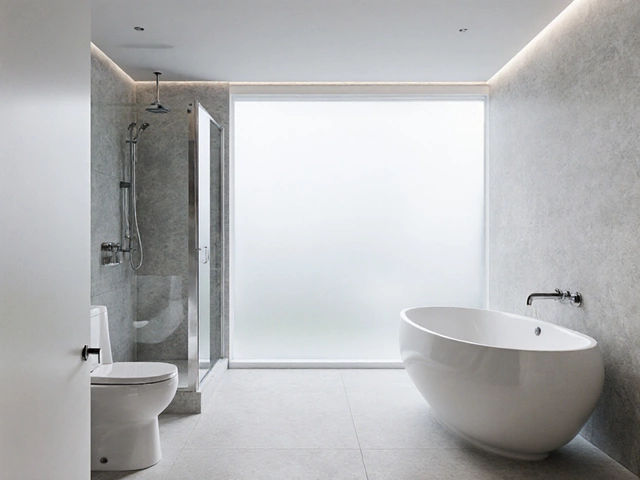Master the 70/30 Rule for Easy, Balanced Home Styling
Ever feel like a room looks a bit off, even though you love the pieces? The 70/30 rule can fix that in minutes. It’s a simple formula: let about 70% of a space be your main color or style, and use the remaining 30% for contrasting accents. No need for a designer – just a quick eye‑check and a few swaps.
How the 70/30 Rule Works
Think of the rule like a plate of food. Most of the plate (the 70%) is filled with the main dish, while a smaller portion (the 30%) adds flavor. In a room, the 70% can be wall paint, large furniture, or a dominant fabric. The 30% shows up in cushions, rugs, artwork, or a bold lamp. Keeping the split helps the eye move around without feeling crowded.
If you paint the walls a soft gray (70%) and add a navy sofa (also part of the 70% if it’s the biggest piece), you’ve already set the base. Now bring in a patterned pillow, a bright throw, or a metal side table for the 30% pop. The contrast feels intentional, not random.
Practical Ways to Apply It at Home
Start with one room. Look at the biggest element – usually the sofa or bed. Count that as part of your 70%. Choose a wall color or a large rug that matches that vibe. Then pull out three to five smaller items that differ in hue or texture. A teal cushion, a gold picture frame, a wooden tray – those are your 30% accents.
Don’t overthink the math. If a space feels heavy, pull back on the dominant color. Lighten the walls or swap a dark sofa for a lighter one. If it feels flat, add a splash of color with a bold lamp shade or a patterned rug. The rule is flexible; it just reminds you to keep the majority and minority parts balanced.
Try the rule in different rooms. In the kitchen, the cabinets and countertops make up the 70%, while open‑shelf décor, a bright fruit bowl, or a patterned backsplash provide the 30%. In the bedroom, the bed and walls dominate, and the accent comes from pillows, a throw, or a piece of art.
One quick tip: use a color wheel. Pick a main hue for the 70% and choose a complementary or contrasting shade for the 30% items. This way you avoid clashing and keep the look cohesive.
Remember, the goal isn’t perfection; it’s making a space feel intentional and comfortable. The 70/30 rule gives you a shortcut to that feeling without endless rearranging.
Next time you shop, ask yourself: will this piece join the 70% or the 30%? If you can answer quickly, you’re on the right track. Happy decorating!

Unlocking the 70 30 Rule in Interior Design: Perfect Balance for Every Room
Discover how the 70 30 rule in interior design creates harmony, the science behind it, and easy ways to use it for stunning, balanced rooms.
Categories
- Storage (27)
- Bathroom (18)
- Sofas (15)
- Curtains (15)
- Home Decor (12)
- Bedding (11)
- Kitchenware (11)
- Cushions (11)
- Mirrors (10)
- Rugs (9)
Popular Articles

Best Curtain Colors to Pair with a Grey Sofa
Oct, 9 2025


